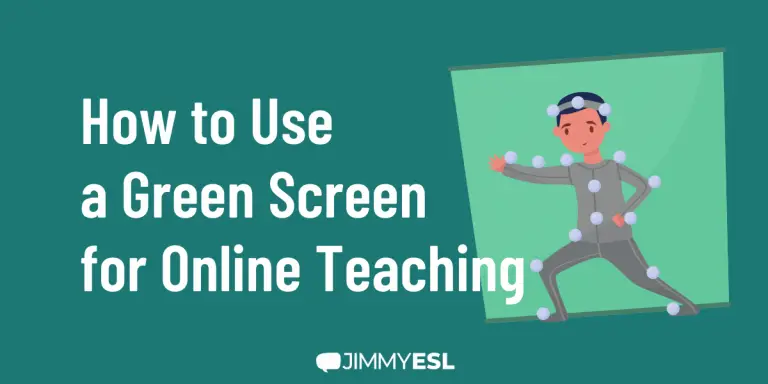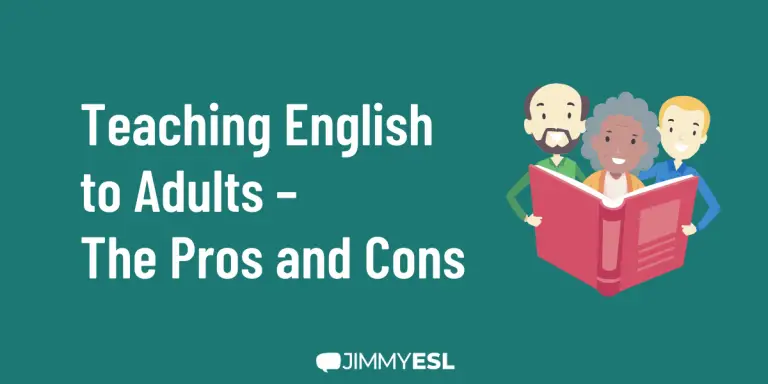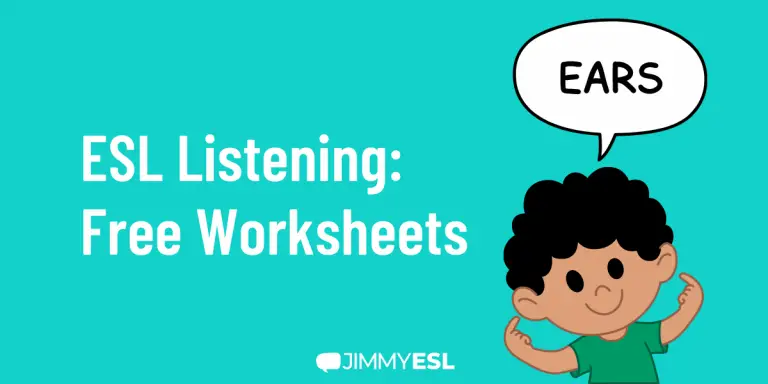Combating Teacher Burnout: How to Fight Back When The Classroom Blues Hits
Do you have days — or weeks — when you feel like you’ve just hit a wall?
Students you usually think are delightful turn into little demons, every little thing makes you irritated, and you’re just plain overwhelmed with work.
It may not be in the DSM yet, but teacher burnout is real.
So how do you know when you have it, and what can you do to fix it?
Read on to learn the symptoms of teacher burnout as well as 6 mechanisms for coping with it when it hits.
And — real talk — we’re getting into what to do when you’ve really, really had enough.
Signs of Teacher Burnout
Teacher burnout is no joke.
It can manifest itself in ways as subtle as increased annoyance or exhaustion, or as drastically as depression or decreased appetite. It’s important to know the signs of teacher burnout so you can recognize them in yourself and remedy the problem before it becomes bigger than you.
Here are a few symptoms of teacher burnout:
Anger
Do you find yourself snapping at every little thing — at work or at home? Being annoyed when people talk to you while you’re working, finding yourself wanting to raise your voice at unruly students, feeling enraged when anything veers from the plan even slightly?
If you find yourself becoming more irritated and angry, you may very well be suffering from teacher burnout. We get it — teaching is no walk in the park.
Exhaustion
Exhaustion can manifest in many forms: not just yawning and feeling tired, but also feeling foggy-brained or unable to concentrate, or feeling physically and emotionally drained. If you’re consistently struggling to focus or stay awake while lesson planning (or while doing other things), your body may be telling you it’s had enough.
Teaching is a lot of work, and it’s important to listen when your body tells you that it’s worn out.
Negative Thought Loops
Do you keep telling yourself that you’re a bad teacher, that it’s not worth it, that there’s no point? It’s easy to get into this kind of thought cycle when you’re under a lot of pressure and you’re jumping through hoop after hoop with no end in sight.
These negative thought loops will feed on themselves and eventually eat you right up, so it’s important to recognize when your brain is being mean to you.
Changes in Appetite
When you’re stressed out or depressed it can affect your appetite. Everyone reacts differently to stress, meaning it looks different ways in different bodies. If you find yourself stress eating all the time, or if you struggle to make yourself eat because you’re just never hungry, you may have teacher burnout-induced stress.
Pay attention to the signals your body gives you, and make sure to nourish yourself — especially when it’s hard.
Physical Symptoms
Stomach aches, headaches, illness, and insomnia can all result from teacher burnout. This is because stress, depression, and exhaustion can make you physically ill.
The psychosomatic effects of our mental states have been documented and discussed, and they’re important to pay attention to.
If you’re constantly feeling ill or unwell, take time off and allow yourself the time and energy you need to heal.
You should also see a doctor or go to a clinic if you’re having mental or physical problems.
6 Effective Ways to Fight Teacher Burnout
Graphic of the ways to fight burnout: calming exercises, make time for yourself, exercise, ask for help, change up lessons, remind yourself why it’s worth it
If you’re suffering from teacher burnout, don’t worry: there are steps you can take to give yourself peace of mind and stop the suffering.
These 6 coping mechanisms will help you build a healthier life in and out of the classroom, and they’ll help you deal with the bad feelings when they inevitably come.
1. Do Calming Exercises
A great way to combat teacher burnout is to amass an arsenal of calming exercises that you can pull out when you’re under pressure in the classroom and in your daily life as preventative measures.
Calming exercises will help you reassess your emotional response to situations, and they’ll help you be more serene in the classroom and in your daily life.
Here are three calming exercises that are simple enough to be used in the classroom or as part of your daily routine:
Tapping
Graphic of points on the body for tapping — see picture in Trello board for example
Have you ever heard of EFT tapping? It’s a super easy technique used to reduce anxiety, and it’s just as simple as it sounds: basically, all you do is tap on specific points of your body rhythmically. You can recite a mantra while you tap if you want, or just tap tap tap away.
Tapping exercises are used widely to reduce anxiety — in schools, on battlefields, and everywhere in between. You can do tapping exercises anywhere, even in class!
Tapping is great for kids, too. Try leading a tapping exercise with your whole class — it’ll make you feel better, and it’ll give your students a tool they can use to reduce their own stress as well.
If you’re in class and under duress, try just tapping on the karate chop point (it’s on the edge of your hand, about halfway between your wrist and your pinky knuckle). It’s a subtle enough movement that you can really do it in any situation.
This video is a great tutorial on how to tap to reduce stress and anxiety.
Yoga
Yoga has long been touted for its calming and centering effects, and studies have shown that people feel radically less stressed out once they start a yoga practice.
If you’re self-conscious or are unable to access yoga classes in your area, don’t worry. The internet is full of beginner yoga tutorials like this one that you can do right in your bedroom (or maybe in your classroom during naptime? We won’t tell.)
Breathing Exercises
Breathing exercises are really fantastic because you can do them anywhere, anytime, and you can adapt them to fit you.
Do you have time for 10 minutes of deep breathing in the morning? Fantastic! Only have time to squeeze 3 deep breaths in? That’s fine!
Even a very short breathing exercise will calm you down when you just need something to help you find your center.
This Harvard Medical School article has some good ideas for how to start your own deep breathing practice, and it also talks a little more about the benefits of breathing exercises.
2. Make Time For Yourself
Making time for yourself is incredibly important — and it’s incredibly easy to neglect. Whether you’re hanging out with your friends, going to an art gallery, or just watching TV on the couch, you need time to unwind, recuperate, and just be.
Take the time you carve out for yourself as seriously as you take any other commitments: schedule it on your calendar, get excited about it, don’t make excuses for why you just don’t have time.
It’s not lazy or frivolous to spend time doing things just for fun; in fact, it’s essential to your very well-being. And besides, this is your one precious life. Shouldn’t you enjoy it?
3. Move Your Body
Exercise is seriously important for your overall well-being, and study after study shows that it improves your mental health, mood, stress level, and sleep, to name a few.
Whether you’re lifting weights at the gym, swimming laps, or just walking around the block, make sure that you’re making exercise part of your day. Your body, mind, and spirit will thank you.
4. Ask For Help When You Need It
You aren’t alone: your teaching staff, fellow foreign teachers, and school are all there to help you and be there when you need a shoulder to lean on.
Don’t be afraid to borrow lesson plans or teaching tools from other teachers if you’re feeling completely overwhelmed with work — they understand what stress is like, too.
Likewise, if you need to step out of the classroom for a moment when things are getting to your head, don’t be afraid to ask your co-teacher to take the reins for a minute. They’ll be happy to help you get recentered, and who knows? One day they might even ask you to return the favor.
It’s also vital to build a community with your fellow teachers. They’re in the same boat as you, and having an outlet where you all can talk about the ways in which you’re stressed out and overwhelmed will make you feel less alone. You all might even be able to brainstorm some ways to help each other out and make everyone’s situation a little better.
5. Buck the Norm! Add Some Fun To Your Classroom
If you just can’t stand the doldrums of teaching in the classroom day in, day out, change things up! Hold a class outside, take your class to visit another classroom in the school, or have a day where you halt regular lessons and just do silly activities and watch a movie.
Giving your students a break from the daily grind isn’t robbing them of education — it’s giving yourself and them a chance to reset, so everyone can return to the classroom energized and ready to learn.
6. Remind Yourself Why It’s Worth It
You probably became a teacher for a reason: because you love kids, because you want to help people learn, because you want to spread knowledge and make the world better.
Teaching is a noble and admirable career, but it can be easy to lose sight of all the good you’re doing when you’re stuck in the mire of all the work that surrounds you day-to-day.
That’s why it’s important to remind yourself of how awesome teaching is, and how much joy the classroom can hold.
Here are a couple of ideas for things you can do to remind yourself of why teaching is such a worthwhile thing to do, and why you love it:
Keep a Teaching Scrapbook
Keep a scrapbook of cute memories, gifts, and mementos from students. You can look back on all your happy memories and adorable kids when you’re at the end of your rope and be reminded of how much your students love and appreciate you.
Start A Gratitude Journal
Every night, write down three things you’re grateful for. They don’t have to be teaching-related, just anything you feel truly thankful for. You’ll start realizing how much there is to feel joyous about, and you’ll probably be surprised at how much of your joy and gratitude emanates from your own classroom.
Best of all, when you start gratitude journaling you’ll start thinking about gratitude more, and you won’t be able to help going through life noting down the things that are great, rather than the things you’re annoyed about.
The Greater Good Science Center has some useful tips for how to gratitude journal in a way that’s easy, impactful, and meaningful.
Remember Your Options
If you’re truly at the end of your rope, it’s important to recognize that. If you have day after day of unfulfilled misery, if you are just plain unhappy and exhausted, there is nothing wrong with changing schools — or even changing jobs.
It’s easy for teachers to stay in terrible situations for too long because they feel they owe it to their students, but remember that your livelihood is your top priority. You can’t help any students if you’re not in the mood to teach, and at the end of the day you only have one life — don’t spend it unhappy.
Your students will be sad to see you go, but students at all schools need good teachers, and finding the school that’s the right fit for you — that allows you to be the best teacher you can be — is the best for everyone.
And if you feel that you really hate teaching, that’s okay, too.
It’s a hard job and it’s not for anyone, and quitting in no way makes you a failure. In fact, recognizing your true self and having the strength and courage to say no to something that’s not working is gutsy and downright brave.
The most important thing is for you to find a life that makes you happy and allows you to contribute to the world in a way that’s fulfilling and good.
There are many more ways to fight stress in our extensive stress management guide for teachers.
Resources to Help You
If you’re feeling depressed or out of control, remember that you’re not alone. No matter where you are or what your situation is, there is help to be found.
Reach out to a doctor or therapist in your insurance network. If that’s not possible, talk to someone on a free online forum.
If you’re in immediate crisis, call 911 or the police in the country where you’re living.
You can also refer to these resources for immediate help:
For US Residents:
National Suicide Hotline:
Phone: 1-800-273-8255
Online: http://suicidepreventionlifeline.org
SAMHSA (Substance Abuse and Mental Health Services Administration) Hotline:
Phone: 1-800-662-HELP (4357)
Online: https://www.samhsa.gov/find-help/national-helpline






